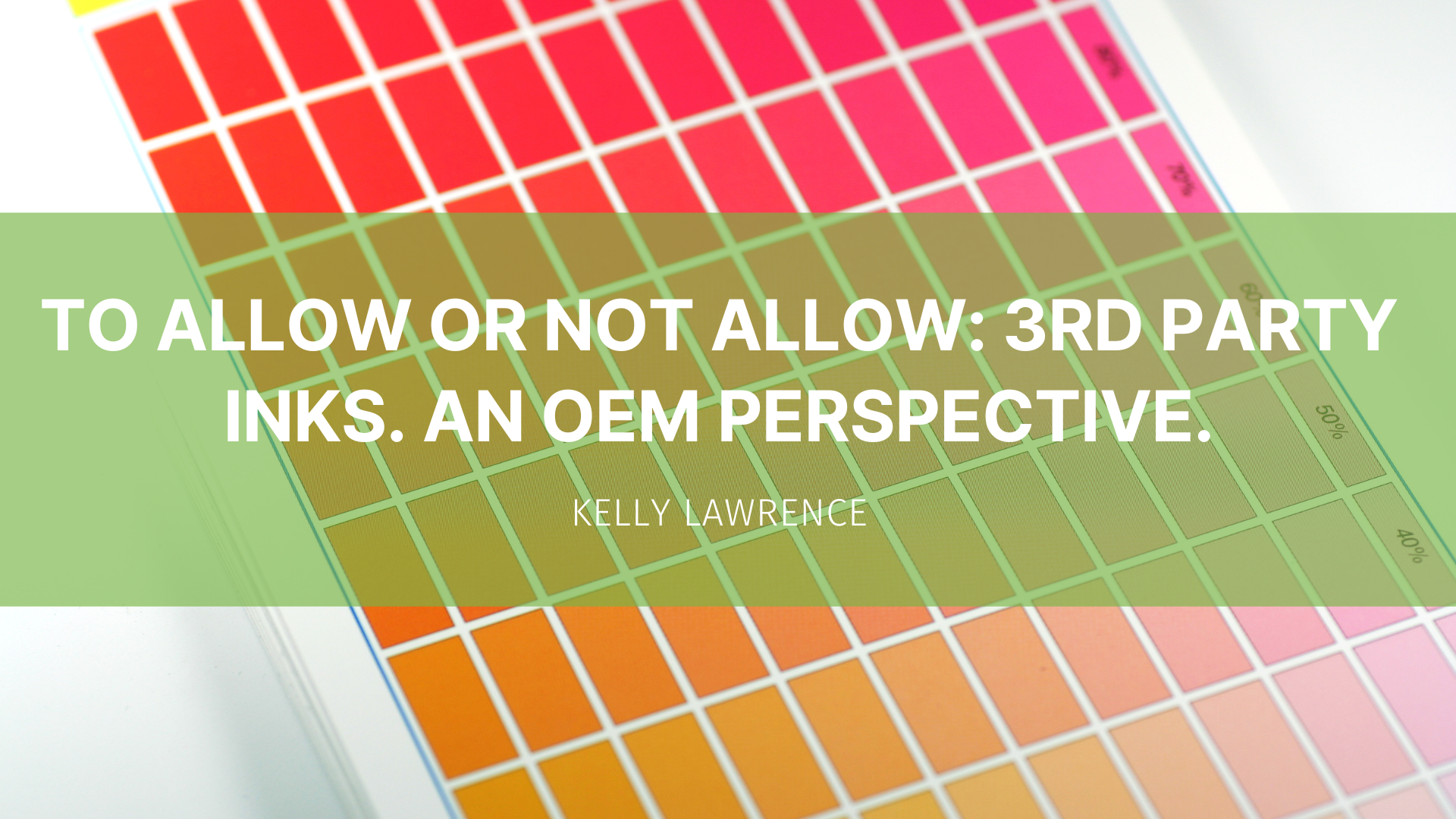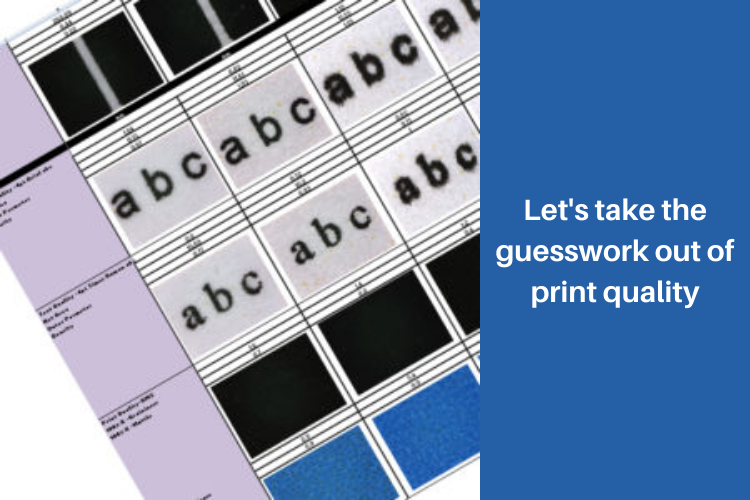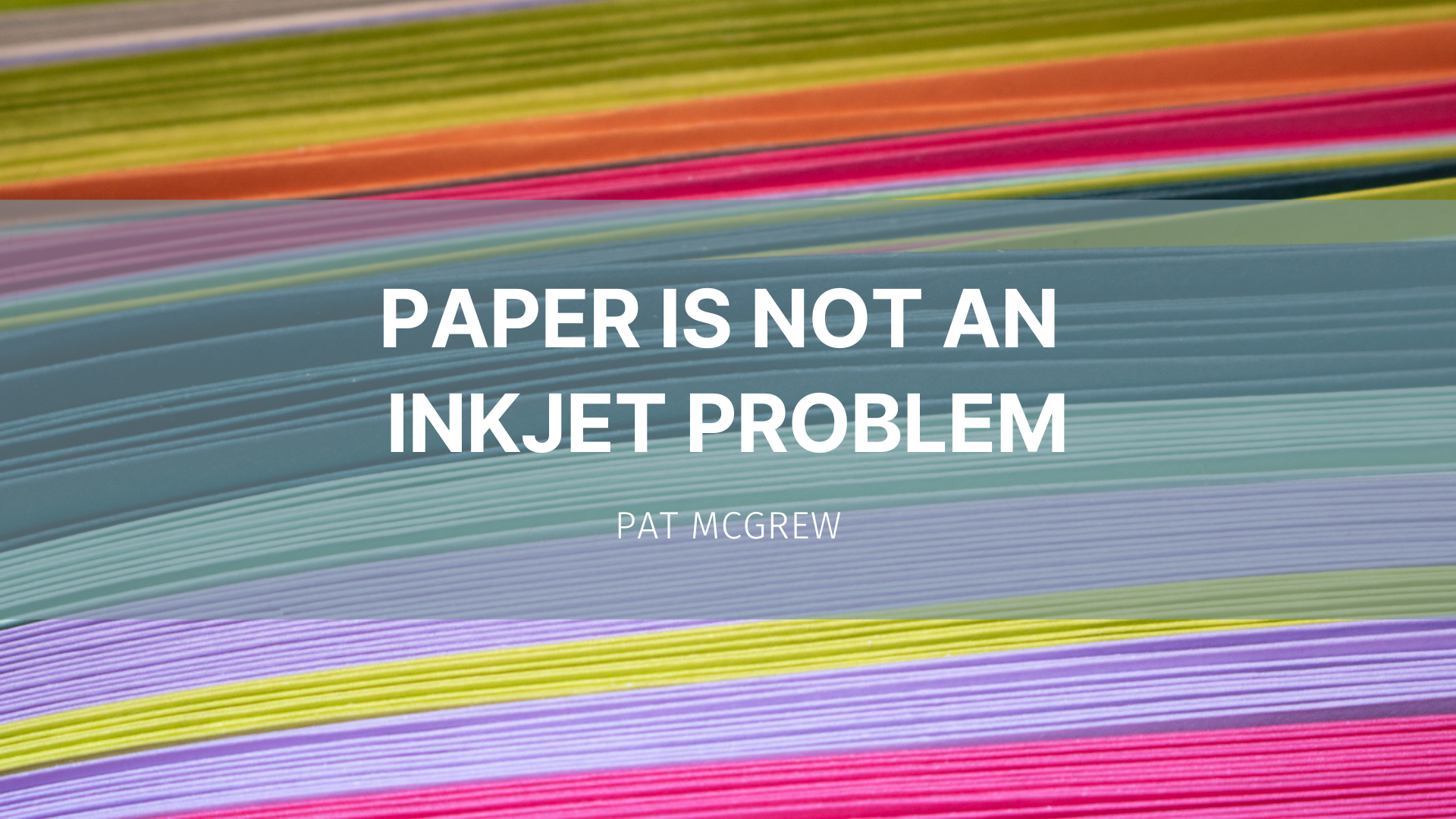April 3, 2024
Technology is always changing and the best solution or component last year may not be a fit this year. OEMs and integrators must communicate technology shifts with credibility when they inevitably arise.




















Device Finder consolidates inkjet device specifications from OEMs around the world into a single, searchable database.
Launch Device Finder
Paper Finder consolidates inkjet paper specifications from mills around the world into a single, searchable database.
Launch Paper Finder
Search by category to find the tools & software that drive inkjet productivity.
Launch Workflow & Software Finder
Search by category to find the finishing systems that drives inkjet productivity.
Launch Finishing Finder